The treatment of nephrotic syndrome comprises of different medications in that steroids are the main stream. Not all nephrotic syndrome responds to steroids but children respond to nephrotic syndrome because most of the times it is minimal changes. So we do not do a kidney biopsy in children, we treat with steroids. Steroids will be helpful in majority of nephrotic syndrome if you consider out of 100 about 60 to 70% of nephrotic syndrome will respond to steroids. But the duration of the steroids varies from the condition to condition. New steroids in a very low dose is given for a prolonged time to avoid toxicity of steroids. Steroids are the mainstay and it is the least toxic drug found in the management of nephrotic syndrome especially in children. In adults the role of steroids is not much. So we use other alternative drugs. Nephrotic syndrome with a very broad entity depends upon what is the underlying disease or pathology. Each condition will take its own time for remission. Our ultimate target is proteins in the urine should be less than 500mgs. The blood pressure should be less than 130/80. The serum protein should become normalised. That is when we call the patient is completely cured of nephrotic syndrome. So there is two separate entities, one is in children other is in adults. In children it is minimal changes nephritic syndrome and usually responds to steroids. So 90% of patients responds to steroids. When they are around 15 to 18 the whole process will become normal. In the child the recurrence of proteinuria is very rare. Whereas in adults it might take a very long time. Average is 5 to 7 years. Most of the adults require treatment. Once they achieve remission usually we don’t stop. Especially in females they want to get pregnant then we may have to think of stopping these drugs. Otherwise we may have to continue these drugs. Otherwise the relapse rates are very high in adults.
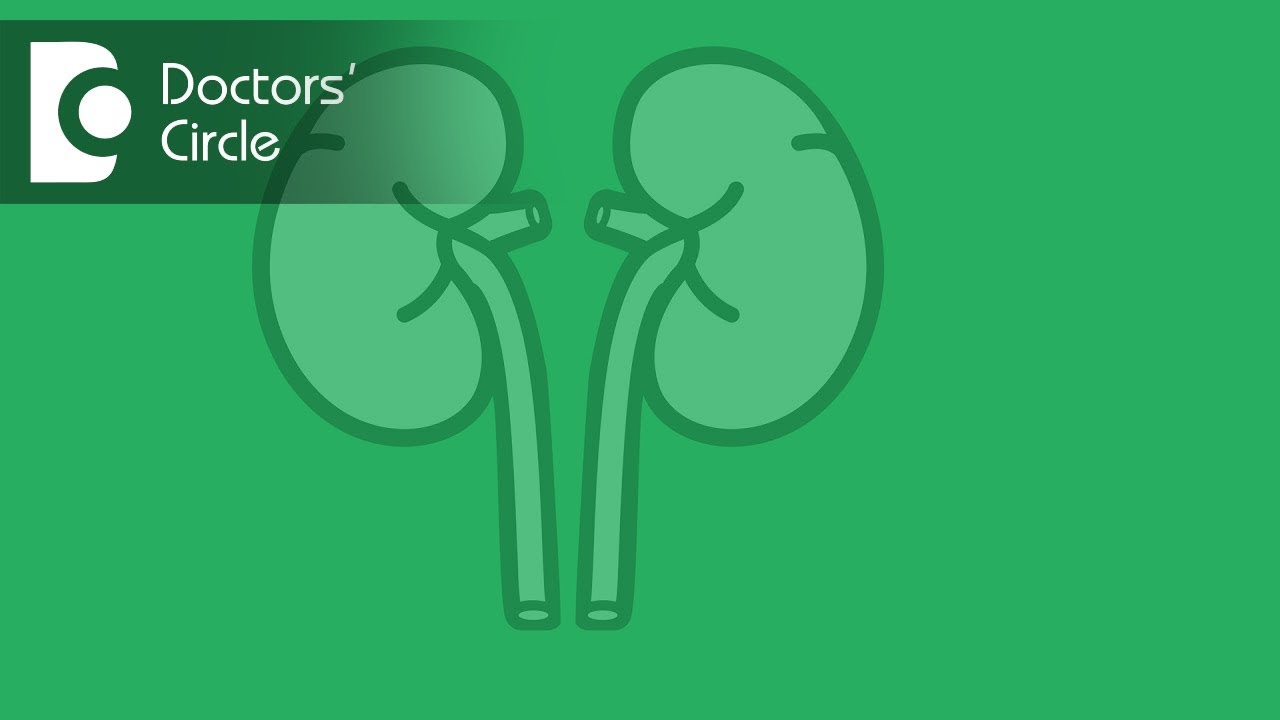
Are steroids indicated in Nephrotic Syndrome? – Dr. Vidyashankar Panchangam
- Post author:
- Post published:May 24, 2021
- Post comments:0 Comments
You Might Also Like

5 Desi Abs Killer Workout
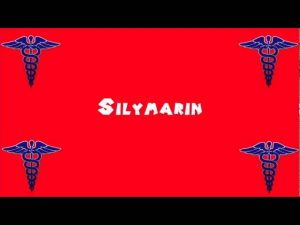
Pronounce Medical Words ― Silymarin

Types of Jaundice in Newborn
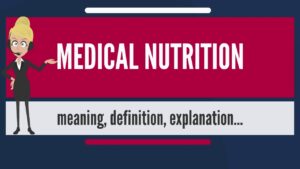
What is MEDICAL NUTRITION? What does MEDICAL NUTRITION mean? MEDICAL NUTRITION meaning

TOP Gym Diet Tips for Beginners in Hindi
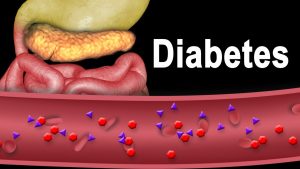
Diabetes Type 1 and Type 2, Animation.

3 Exercises to Increase STAMINA – Endurance for a Fight

SUPER SAIYAN TRUNKS WORKOUT
Shoulder Exercises

5 Yoga Poses to Boost Metabolism

9 Nutrition Rules for Building Muscle | Jim Stoppani’s Shortcut to Strength

Anabolic Steroids – History, Definition, Use & Abuse Video – 13

Physiotherapy in Obstetrics Video – 12

COMPLETE GUIDE TO FITNESS NUTRITION
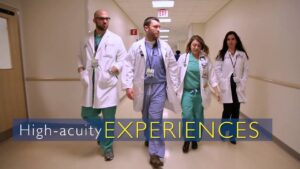
Emergency Medicine Video – 1
Adverse Effects AS

DYNAMIC STRETCHING / WARM UP ROUTINE FOR SPEED TRAINING / EXERCISE

Grow Taller Exercises Top 8 Best Stretching Exercises to Increase Height- grow taller

Upper body workout (middle back, biceps, lats): bent over dumbbell row

How to do a Donkey Kick Exercise

Muscle Building Workout & Squats Video -47

Static plank exercise: isometric workout for static strength
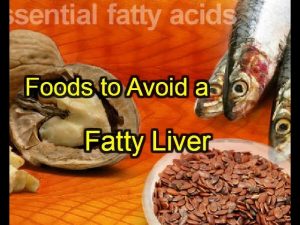
Foods to Avoid a Fatty Liver

5 Ways Men Can Prevent Most Heart Attacks
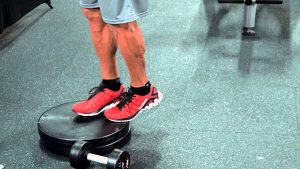
Standing Calf Raise
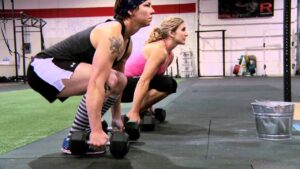
Cross Fit Training Video – 5

Aerobic exercise for beginner

How to Stretch Your Triceps (AND HOW NOT TO!)

11 Athletic LEG Exercises for Explosiveness and Definition
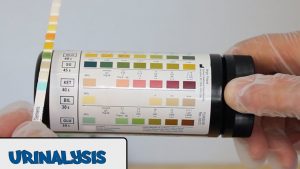
Urinalysis – OSCE Guide

Does Rogaine/Minoxidil Work Effectively? How about Propecia/Finasteride?
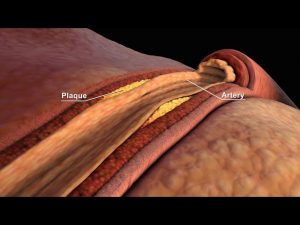
LDL and HDL Cholesterol | Good and Bad Cholesterol | Nucleus Health

sport – definition
Triceps Exercises
![Read more about the article [Level 2.5] 3 minute No Gym Fat Burning – Progression](https://videos.drmaheshkumar.com/wp-content/uploads/2021/05/Level-25-3-minute-No-Gym-Fat-Burning-Progression-300x225.jpg)
[Level 2.5] 3 minute No Gym Fat Burning – Progression
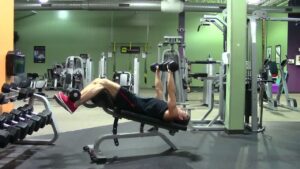
Decline Dumbbell Bench Press – HASfit Lower Chest Exercise Demonstration – Decline Dumbbell Press
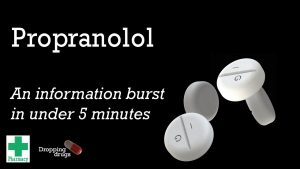
Propranolol information burst
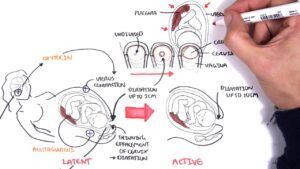
Obstetrics Video – 1
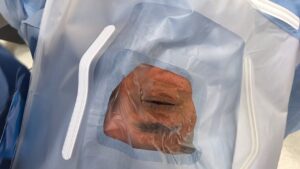
Opthalmogical/Eye Surgeries Video – 1
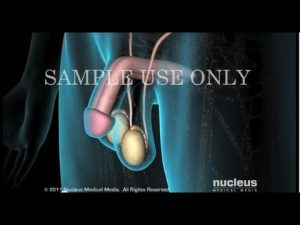
Patient Education Video: Low Testosterone

What Happens When You Boil Urine

